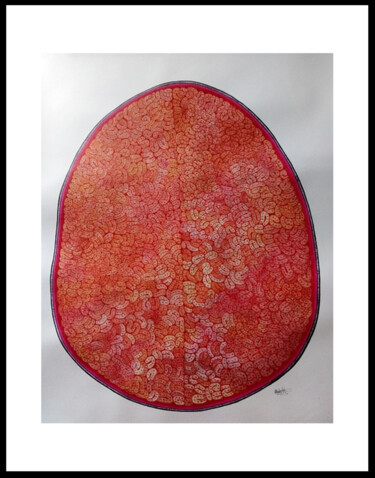1.207 Originele kunstwerken, limited editions en prints:
Discover original contemporary Science artworks on ArtMajeur
Contemporary Science artworks are a unique and fascinating genre of art that combines scientific theories and artistic expression. These artworks come in various forms such as paintings, sculptures, installations, and mixed media works.
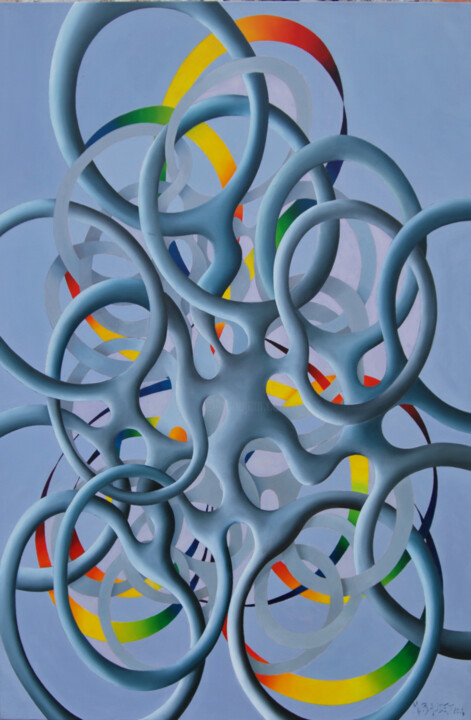
©2017 Michel Baudet
Origins and History
The Bio Art movement emerged in the 1980s, which focused on the use of living organisms as artistic materials. Today, contemporary Science artworks continue to push the boundaries of art and science, raising important questions about the relationship between humans and the natural world. Some of the key themes explored in these artworks include ecology, genetics, and the impact of technology on society.
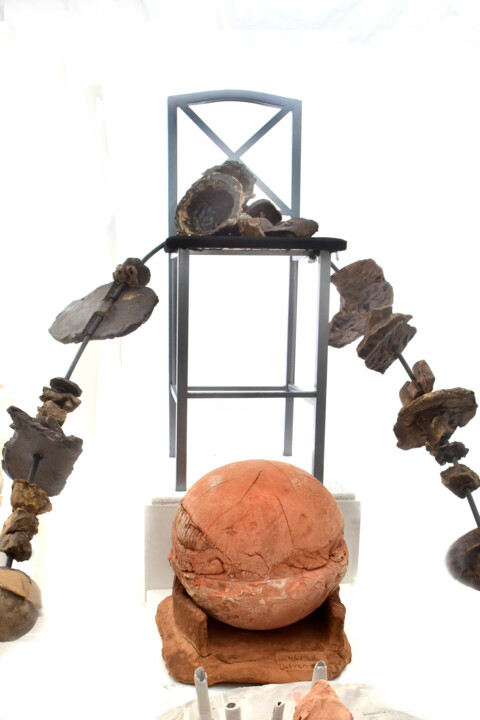
©2024 Gerd Reutter
Evolutions of theses works in the contemporary art market
In recent years, original contemporary Science artworks have experienced a notable evolution. Artists are now creating works that merge scientific concepts with artistic expression, resulting in visually stunning pieces that challenge traditional notions of art. This evolution is critical in the contemporary art market as it broadens the scope of what is considered "art" and encourages interdisciplinary exploration.
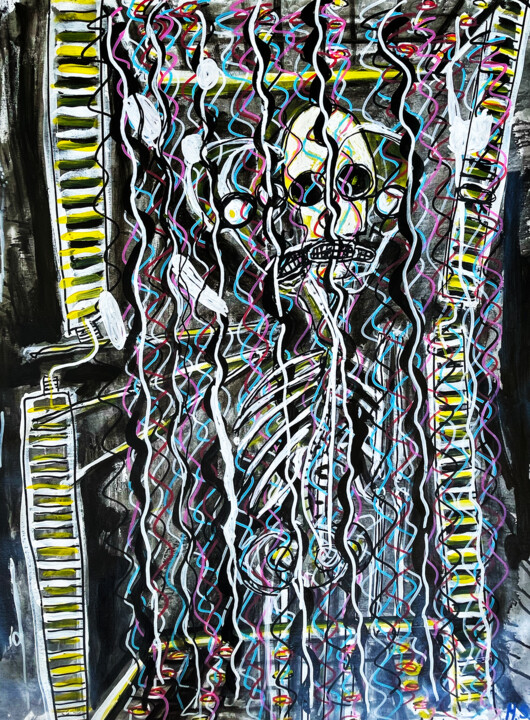
©2025 Henry Stewart
Related Famous Artists
Contemporary artists who produce original works of science-inspired artworks are becoming increasingly popular. These artists use a broad range of techniques and mediums to express their vision of science, from painting and sculpture to digital and interactive installations. Below are some of the most notable contemporary artists in this field.
Firstly, there’s Mark Dion, who is known for his sculptures and installations that explore the relationship between humans and nature. His work often involves collecting and arranging objects from the natural world, such as taxidermy animals and preserved specimens.
Secondly, Josiah McElheny creates sculptures that explore the history of science and scientific discovery. His work often uses glass and mirrors to create intricate, multi-dimensional pieces that reflect the scientific concepts he is exploring.
Thirdly, Suzanne Anker is a pioneering figure in the field of bio-art, which involves using living organisms in artistic works. Her work often involves creating installations that explore the relationship between humans and the natural world, using living organisms such as bacteria and plants.
Fourthly, Eduardo Kac is another artist who works with living organisms in his art. He is known for his work with transgenic animals, which involves altering the genetic makeup of living creatures. Kac’s work often explores the ethical implications of genetic engineering and biotechnology.
Lastly, Jennifer Willet is a bio-artist who creates installations that explore the relationship between humans and the natural world. Her work often involves using living organisms to create interactive installations that encourage viewers to consider the consequences of human activity on the environment.
Overall, these artists are just a few examples of the diverse range of contemporary artists who are exploring the relationship between art and science. Their work is not only visually stunning but also intellectually stimulating, inviting viewers to consider the scientific concepts and issues that underpin their work.
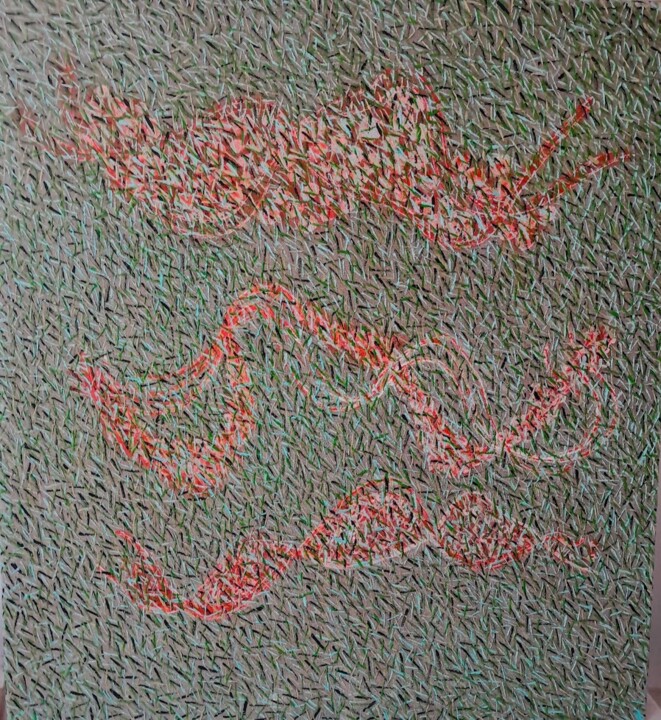
©2010 Roland Broekhuis
Notable original contemporary Science artworks
"Microcosmos" by Luke Jerram, created in 2010, is a sculpture installation that features blown up images of microbes. The artwork aims to bring attention to the microscopic world that surrounds us and how it influences our daily lives.
"Tree of Life" by Laura Jade, created in 2018, is a mixed media installation that features a tree made up of over 10,000 recycled CDs. The artwork aims to bring attention to the importance of recycling and how it can benefit the environment.
"Origami Universe" by Peter Engel, created in 2014, is a series of origami sculptures that showcase the beauty and complexity of the universe. The artwork aims to bring attention to the wonder and mystery of the cosmos and how it affects our understanding of the world.
"DNA Portrait" by Heather Dewey-Hagborg, created in 2016, is a series of portraits created from DNA samples found in public spaces. The artwork aims to bring attention to the privacy concerns surrounding DNA collection and how it can be used for surveillance.
"Quantum Objects" by Julian Voss-Andreae, created in 2018, is a series of sculptures that visualize the behavior of subatomic particles. The artwork aims to bring attention to the strange and unpredictable nature of quantum physics and how it challenges our understanding of reality.
"Field of Light" by Bruce Munro, created in 2004, is an installation that features thousands of illuminated glass spheres. The artwork aims to bring attention to the beauty and simplicity of natural light and how it can transform an environment.
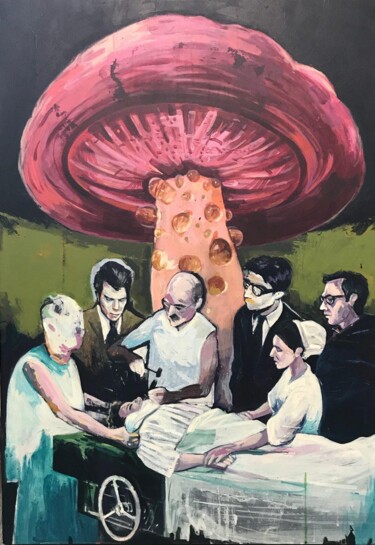
Vahid Danaiefar
Acryl op Canvas | 39,4x27,6 in
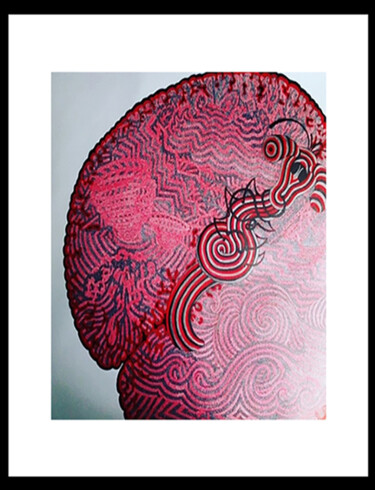
Rasadi Jayalath
Gelpen op Karton | 42x30 in
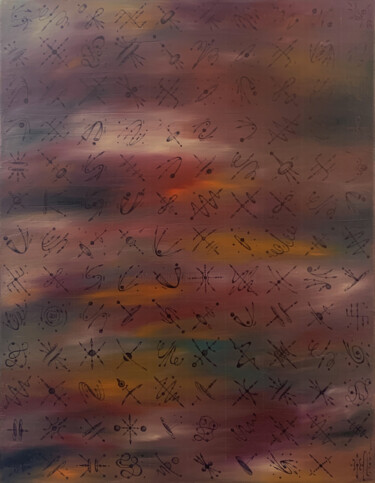
Peter Pitout
Olie op Canvas | 25,6x19,7 in
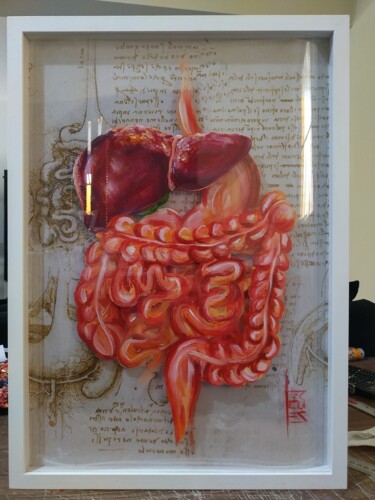
Opus Garden Gallery
Acryl op Hout | 23,6x16,5 in
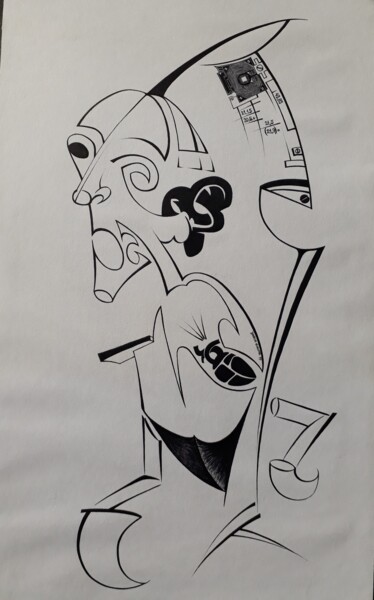
José Ignacio Gianola
Balpen op Papier | 19,7x11,4 in
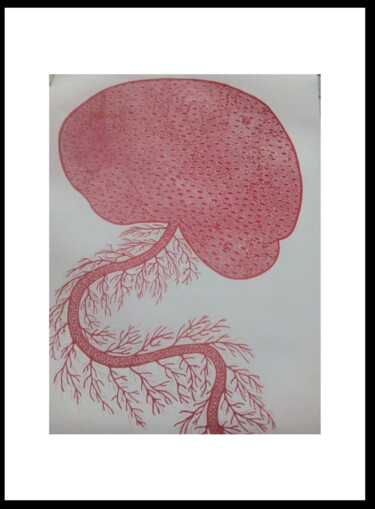
Rasadi Jayalath
Gelpen op Karton | 42x30 in
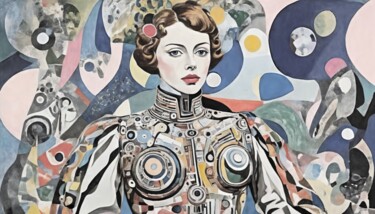
Asel
Acryl op Canvas | 30,2x52,9 in

Götz Wiedenroth
Potlood op Papier | 8,3x11,4 in
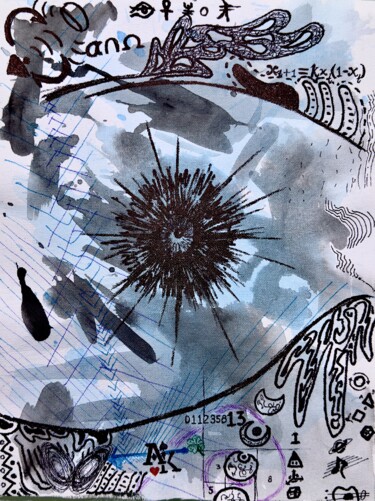
Alex Miranda
Marker op Canvas | 12x9 in
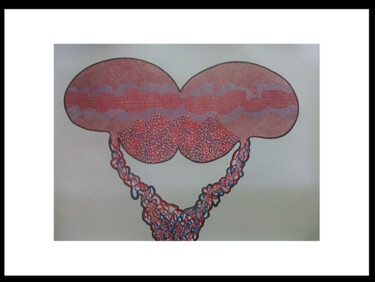
Rasadi Jayalath
Gelpen op Karton | 30x42 in
